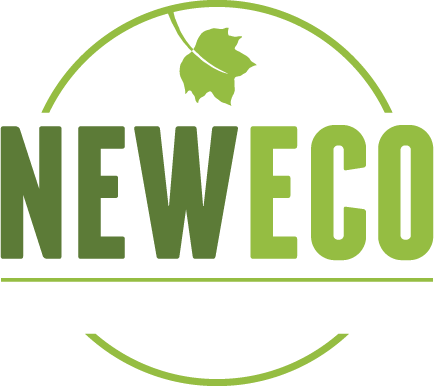As urban dwellers, we often find ourselves surrounded by concrete, glass, and steel, with nature feeling like a distant memory. However, one powerful way to reconnect with the environment is by planting native species in our gardens and green spaces. New York natives are not only beautiful but also play a crucial role in fostering biodiversity and supporting the local ecosystem. Here’s why planting native plants in New York is so important.

Enhancing Biodiversity
New York's native plants have evolved to thrive in the local climate and soil conditions, making them well-adapted to the region. By planting these species, we help maintain the biodiversity that is vital for a healthy ecosystem. Native plants provide habitat and food for a variety of wildlife, including birds, butterflies, and beneficial insects. In an urban landscape where natural habitats are shrinking, every planted native contributes to a patchwork of green spaces that can support local wildlife.
Supporting Pollinators
Pollinators, such as bees and butterflies, are essential for the reproduction of many plants and the production of food. However, these vital creatures face numerous threats, including habitat loss and pesticide use. By incorporating native plants into our gardens, we can create a welcoming environment for these pollinators. Species like milkweed, coneflower, and black-eyed Susan are not only beautiful but also provide nectar and habitat for pollinators, helping to sustain their populations in the city.
Improving Soil Health
Native plants have deep root systems that improve soil structure and health. Their roots help prevent erosion, promote water retention, and enhance nutrient cycling. By planting natives, we can improve the soil quality in urban areas, which is often compacted and depleted. Healthier soil supports not only the plants themselves but also the surrounding flora and fauna, contributing to a more robust ecosystem.
Reducing Maintenance and Resource Use
Once established, native plants typically require less water and maintenance than non-native species. They are adapted to the local climate, meaning they can withstand droughts and heavy rains without needing excessive care. This resilience leads to lower resource use, making native plants a sustainable choice for city gardens. Reducing our reliance on water and fertilizers is crucial in urban areas, where resources can be strained.
Connecting with Local History and Culture
Planting native species also allows us to connect with New York’s natural history and cultural heritage. Many native plants have historical significance, having been used by Indigenous peoples for food, medicine, and crafts. By incorporating these plants into our landscapes, we honor this history and create spaces that reflect the unique identity of our region.
How to Get Started
If you’re inspired to plant New York natives, start by researching species that thrive in your specific area, whether it’s a rooftop, backyard, or community garden. Local organizations often provide resources and guidance on native plants suited to urban environments. Consider visiting local nurseries that specialize in native species, and don’t hesitate to reach out to gardening clubs or community groups for support.
Conclusion
Planting native species is an essential step toward cultivating a greener, more sustainable New York City. By enhancing biodiversity, supporting pollinators, improving soil health, and reducing maintenance, we can create thriving urban habitats that benefit both people and wildlife. So let’s dig in, plant some natives, and reconnect with the beautiful natural world right outside our door!


Comments